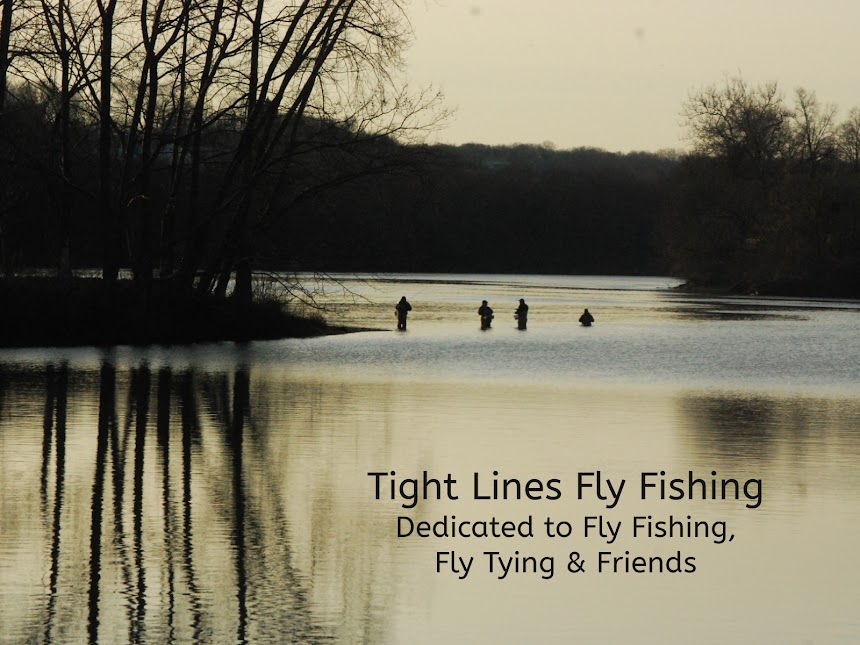Canal Candy
Hook: Mustad 34007 Size # 1/0 or preferred
hook.
Thread: White Uni-thread 3/0, Flat Waxed Nylon, or
Fly Master Plus.
Eyes: 5.5 mm dumbbell eyes (gold with red eyes
or silver with red eyes).
Tail/Fly
top: Chartreuse Rabbit Zonker Strip,
barred with a permanent black marker.
Belly:
Pearl White Flash Dubbing Brush.
Head/Gills: Chartreuse or Olive Flash Dubbing Brush.
This fly was originally designed for Peacock Bass. I’ve adapted it here to target New England Stripers. It’s really just a variation of a ‘bunny fly’. You can change the colors and size to match bait. What you want to make sure you do when tying it, is that the Belly of the fly is lighter in color than the Tail/Fly top (zonker strip). The Head/Gills will be formed with a darker contrasting dubbing brush. With the dumbbell eyes this fly fishes inverted. You can use larger eyes to get it deeper and bounce it off the bottom if that’s how you want to fish it.
To
tie this fly, you must first prepare your Rabbit Zonker Strip. It should be
approximately 2 to 2 ½ the length of the hook shank. It’s best to err on the side of having your
rabbit strip too long rather than too short.
You can always trim it later if you need to. Cut your Zonker to length with a ‘V’ cut on
the trailing end of the Zonker. With
your hook in the vice, push the hook through the hide side of the rabbit strip,
right at middle of the rabbit strip. Remember,
this fly is going to ride inverted. Place
your hook back in the vice in an inverted position. Start your thread right at the bend of the
hook. At this tie in point, you are
going to bind down your rabbit strip with multiple thread wraps. When doing this, first separate & part
the rabbit fur at the tie in point. This
way you won’t bind down any rabbit fur. Next,
move your rabbit strip backward and create a thread dam in front of it. Now, tie in your dumbbell eyes an eye length
behind your hook eye. Use figure 8 wraps
and apply an adhesive ‘of choice’ to the wraps.
Lately, I’ve been using and loving Solarez Bone Dry Resin. Return your thread to your zonker strip at
the bend of the hook. Tie in your Pearl
White dubbing brush of flash material. You
can make your own dubbing brush, or if you are like me, I purchased some made
by H2O called Dubbing Flash Brush 1”.
Bring your thread up back behind the dumbbell eyes. Next, with touching wraps, bring your dubbing brush forward. Tie it off behind the dumbbell eyes. With a tooth brush, stroke the dubbing brush fibers rearward. Now, pull your Zonker Strip down over the Brush body and tie it down in back of the eyes. At that same spot tie in your contrasting second Flash Dubbing Brush. Make a couple wraps behind the eyes, then bring it forward with a figure 8 around the eyes. Next, make a couple wraps in front of the eyes. Tie it down and cut off the tag end. Again, brush the fibers rearward with a toothbrush. Apply cement/adhesive to your thread wraps and you are done.
Allen Fly Fishing has a great instructional video on how to tie this fly below:
If you have any questions about this fly or would like to submit a Fly of theMonth I can be reached at 203 305-3850 or at pdinice@frontier.com .
















